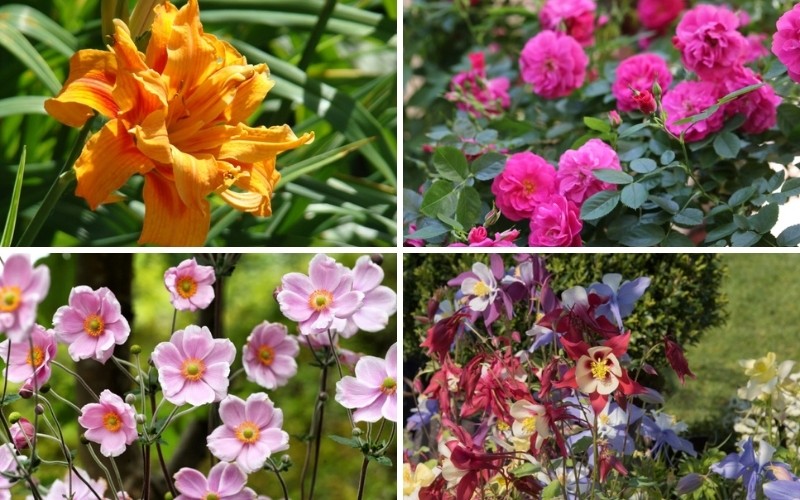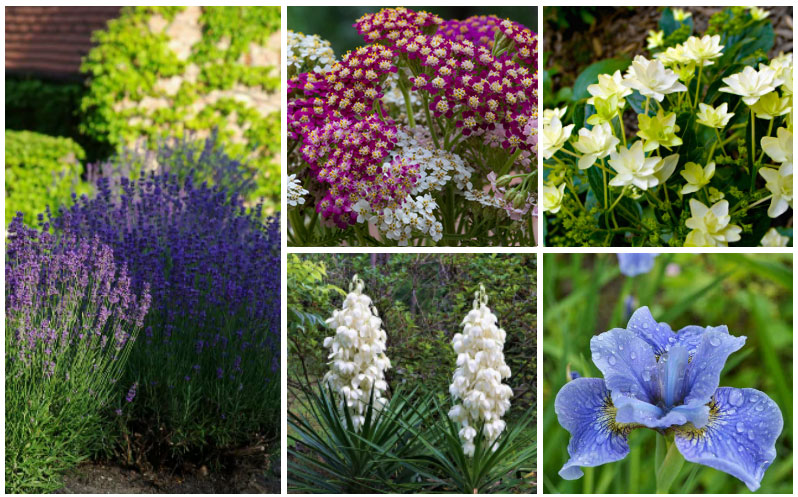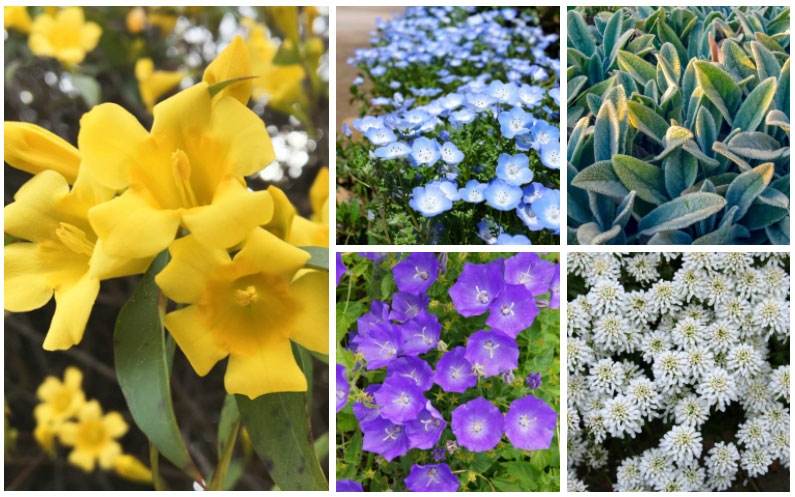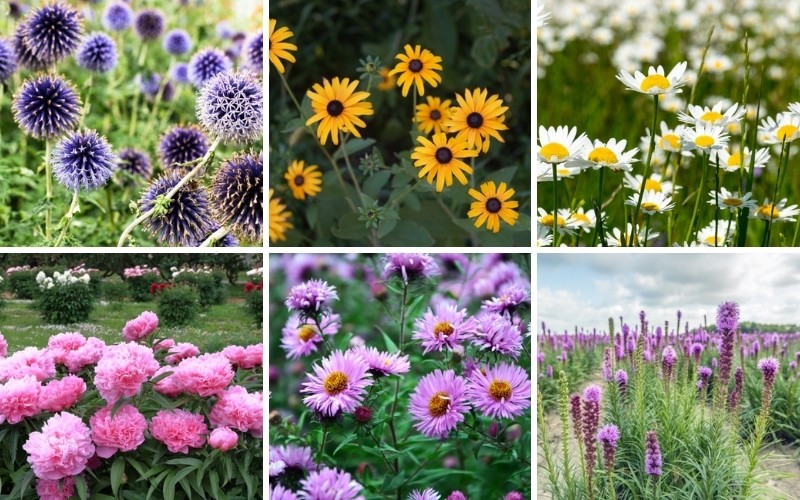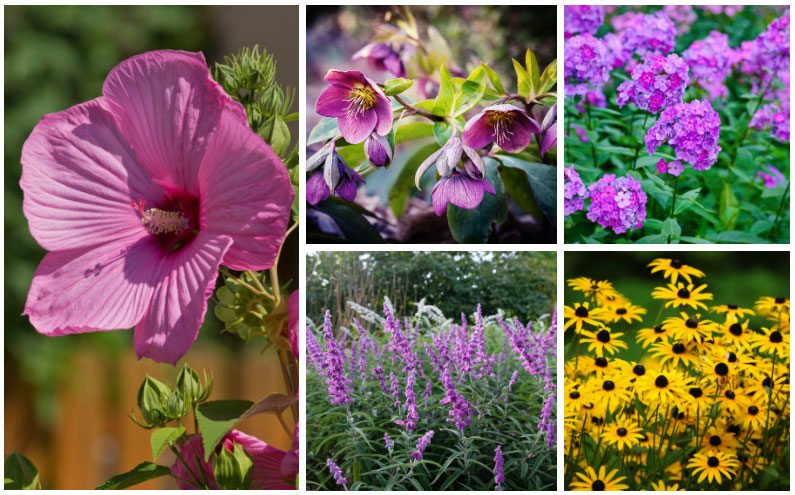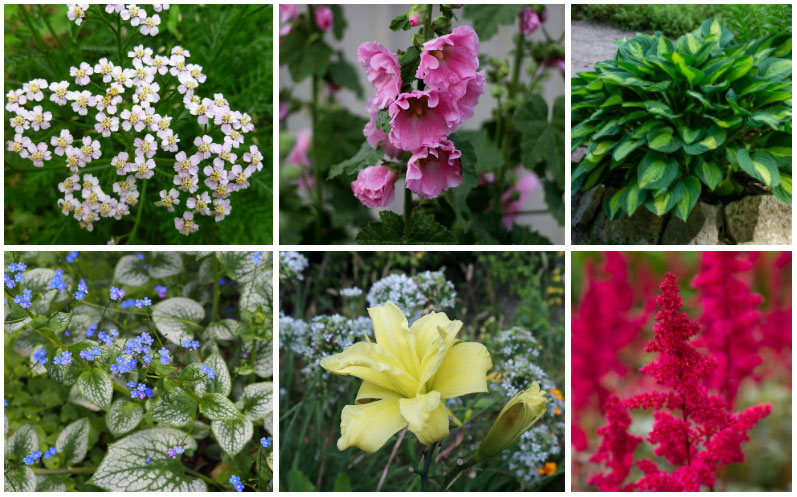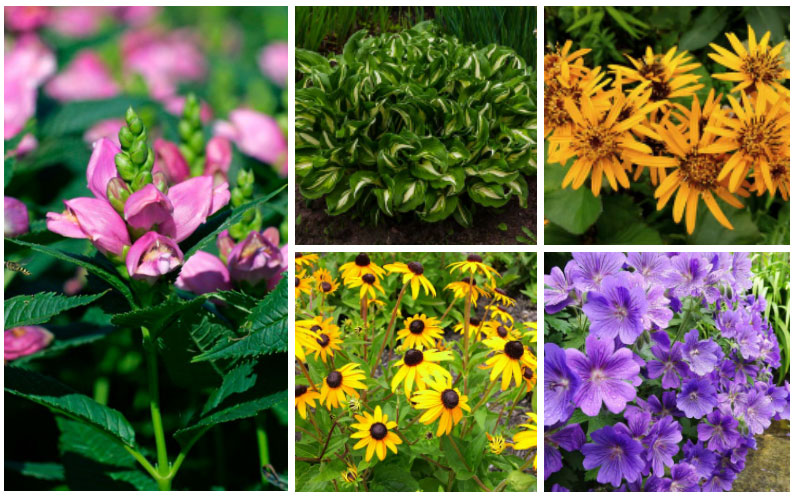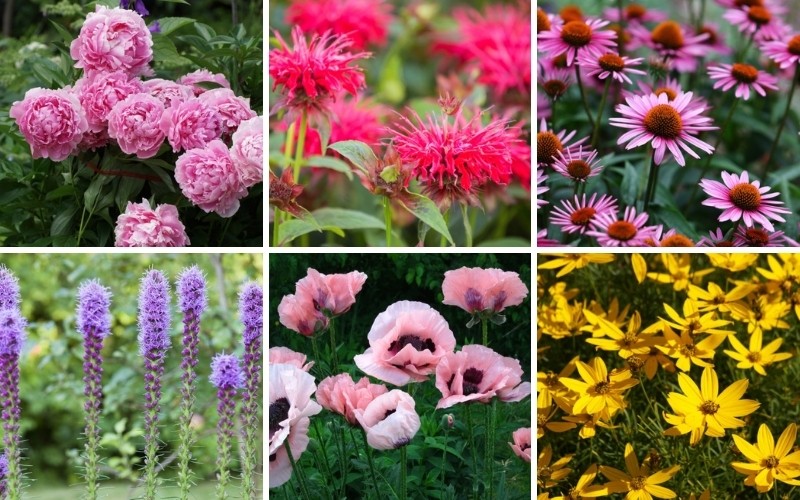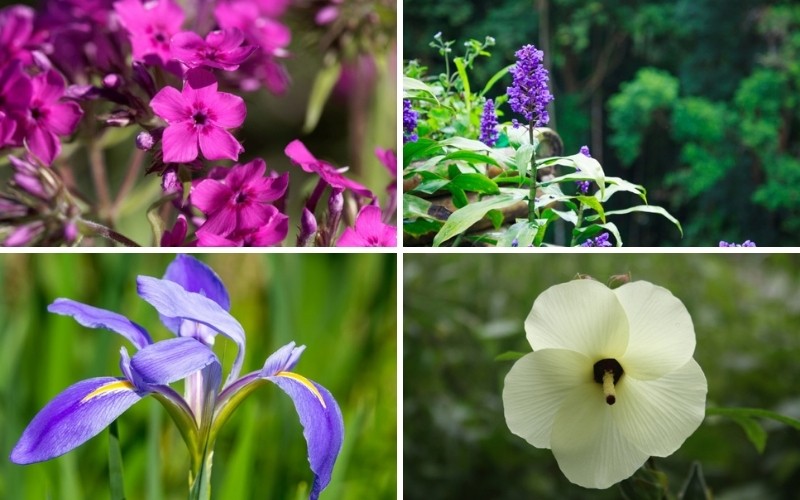
Many gardeners in Louisiana face unique challenges because of the state’s high humidity. A great way to beat this problem is by planting perennials. These plants come back every year, and they tolerate Louisiana’s hot temperatures very well. Usually, choosing perennials means that you will have fewer problems with pests and insects. Many excellent choices will grow throughout the states, regardless if you live in growing zone 8 or 9.
Zigzag Iris (Iris brevicaulis)
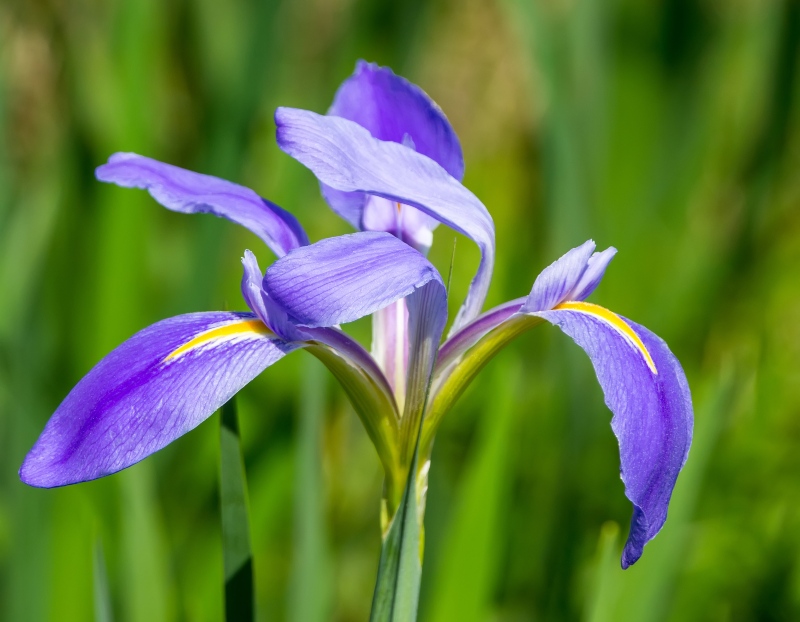
The zigzag iris has stems that grow in short segments and multiple directions. The dense leaves on this option often hide the purple blooms with a yellow crest on them that appear in the early summer. This plant loves the sun, but it will withstand some shade. Make sure to keep this plant consistently moist. It will grow in areas that many plants consider too wet.
Heath Aster (Symphyotrichum ericoides)
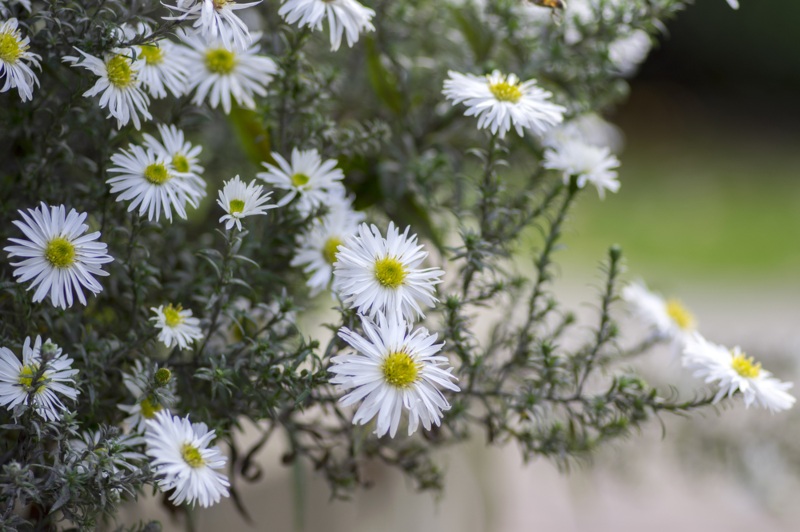
The heath aster is a bushy plant that puts on ray flowers from late summer to late fall. The flowers are usually white, but blue and pink options exist. Each flower has a yellow center disc. The leaves on this option are very rigid and typically grow to be about 8-inches long. This plant that grows to be about 3-feet tall loves the sun. It likes to dry out between waterings.
Ear-leaved Tickseed (Coreopsis auriculata ‘Nana’)
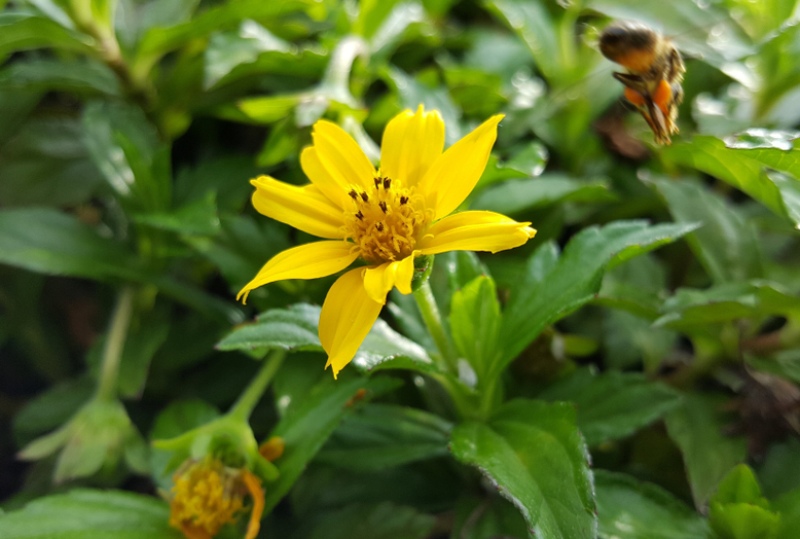
The ear-leaved tickseed is a lovely bushy plant that can grow up to 18-inches tall. Daisy-like eight-ray flowers that are yellow surround a yellow disc when this plant blooms in the late spring and early summer. Remove spent flowers, and this clump-forming plant may bloom again in the late summer. This sun-loving plant will tolerate some light shade. It loves to be kept moist, and it thrives in humid conditions.
Willow leaf sunflower (Helianthus salicifolius ‘First Light’)
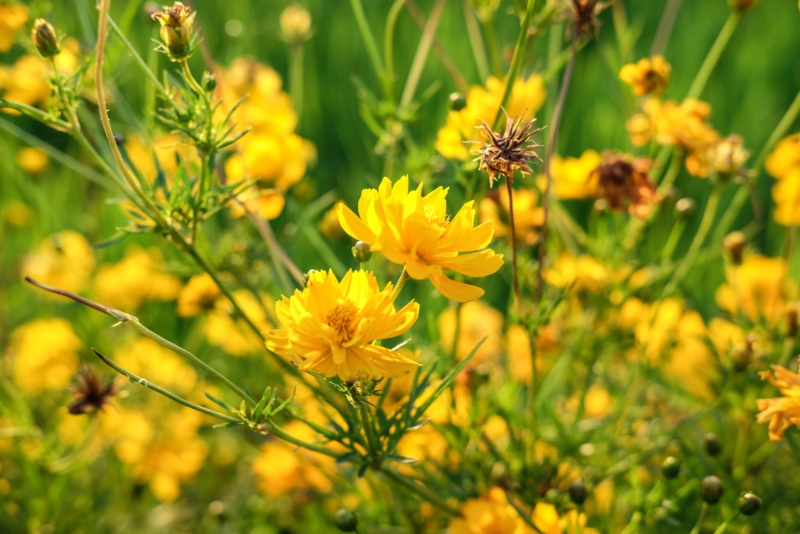
This sunflower grows to be about 4-feet tall, and it loves the sun. You are likely to love its bright yellow rays surrounding a brown center disc in the late summer and early autumn. Each flower is often 2.5-inches across. This option is unique because of its pale-green willow-like leaves. As with other sunflowers, it loves the sun and does best in well-drained soil.
Prairie blazing star (Liatris pycnostachya)
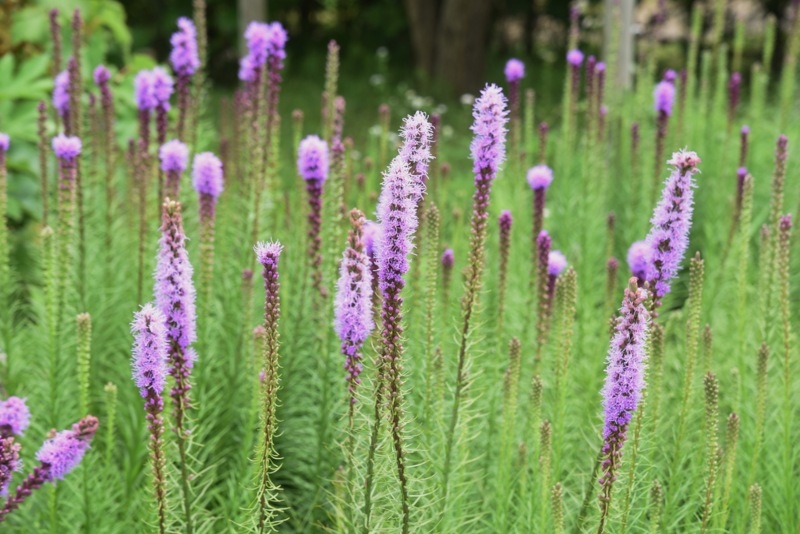
The prairie blazing star can be a real showstopper in the late summer because of its rounded, fluffy, deep rose-purple flower heads that grow in spikes that up to 20-inches long. This upright perennial that is a member of the aster family usually blooms from the top of the spike to the bottom, which adds further interest and prolongs its bloom time. This sun-loving plant is generally tolerant of poor soils. It will spread, but not aggressively.
Wormwood (Artemisia ‘Powis Castle’)
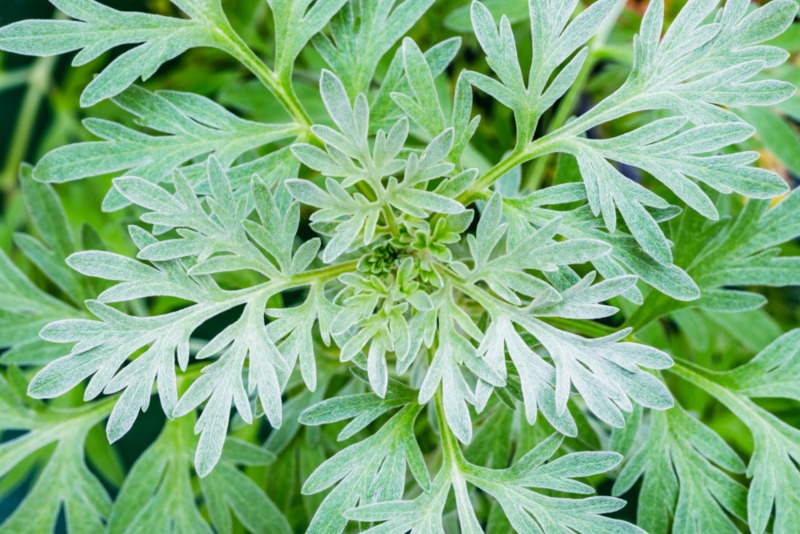
Wormwood loves the sun and well-drained soil. This plant’s silvery foliage is a showstopper throughout the year. It spreads by rhizomes and can easily get to be 6-feet wide, but it seldom grows over 36-inches tall. Small light-yellow flowers appear in the late summer, but this plant’s abundant foliage usually hides them. Expect this option to die back a little bit during the hot summers, but it will come back strong in the autumn.
Prairie Phlox (Phlox pilosa)
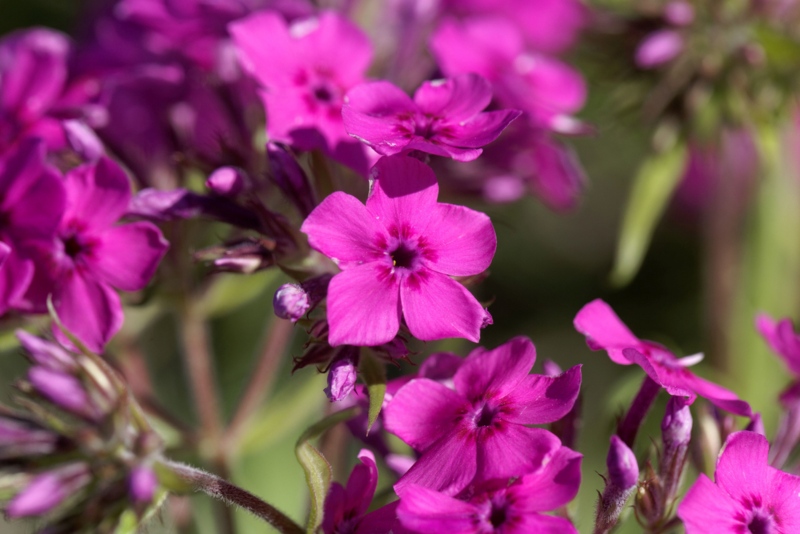
Prairie phlox, also called downy phlox, is a clump-forming perennial that grows well in the full sun. In the late spring, it produces an abundance of tubular, pink to pale purple flowers. These fragrant flowers grow in terminal clusters on upright rigid stems. Each flower consists of a long corolla tube and five flat petal-like lobes. This plant that often grows to be about 16-inches tall also has deep green leaves. Very short white hairs usually cover the leaves, flowers and stem.
Black-eyed Susans (Rudbeckia hirta)
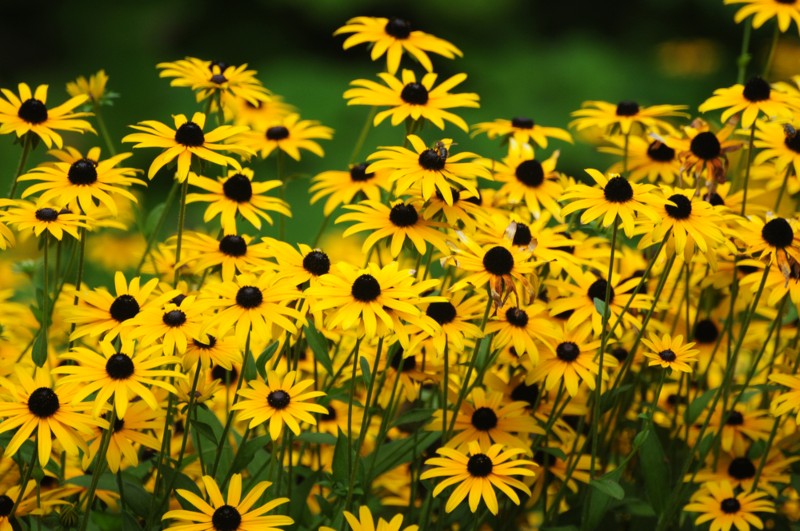
Long-lasting, daisy-like rays surround a chocolate-brown center disc on black-eyed Susans. While most are yellow, you can find red, bronze and bicolor options. These blooms that last throughout the summer appear on top of rigid stems on this bushy plant. This plant loves the sun, and it prefers well-drained soils. While most options grow to be about 3-feet tall, you can also find taller choices.
Variegated Maiden Grass (Miscanthus sinensis ‘Variegatus’)
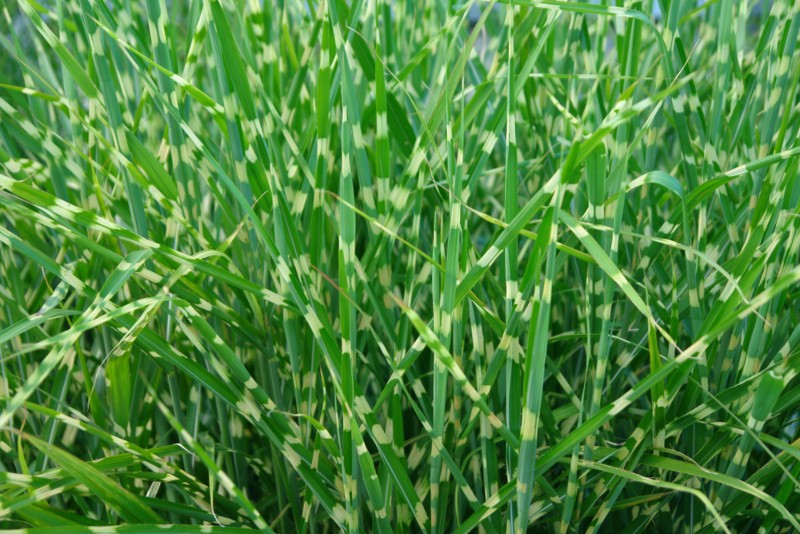
This ornamental grass that can grow up to 9-feet tall is a welcome sign, especially in the winter. While this option will grow in some shade, it will grow more upright in full sun. The blades that form a fountain shape on this option are green during the spring and summer, turn orange-bronze in the fall and whiteish in the winter. Cut this clump-forming option back to the ground in mid-March.
Sunset Huskmallow (Abelmoschus manihot)
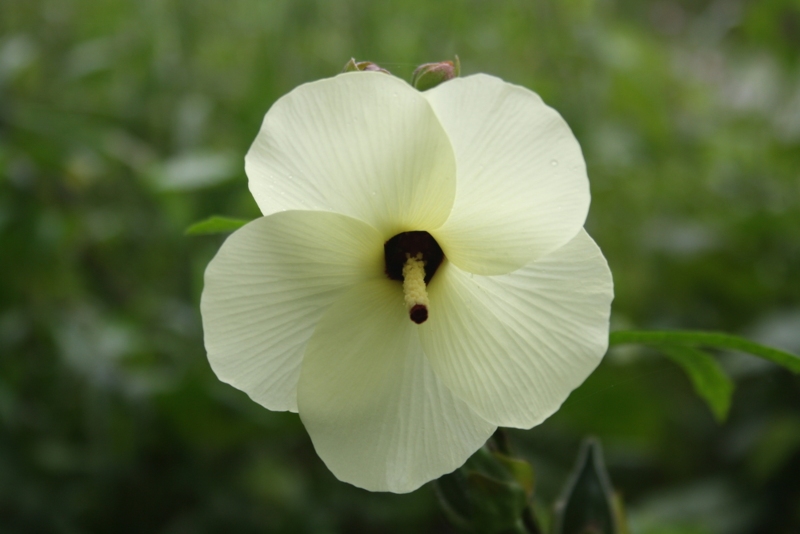
The sunset huskmallow can grow up to 6-feet tall in a single growing season. Cutting it back to the ground in the winter helps to keep this option healthier. This plant puts on yellow blooms with a purple eye in July that will last through most of the autumn. This plant also has deeply dissected five-to-nine-lobe leaves. Be sure to plant it in the sun and keep it moist all the time. This option performs best when you fertilize it regularly.
False yucca (Hesperaloe parviflora)
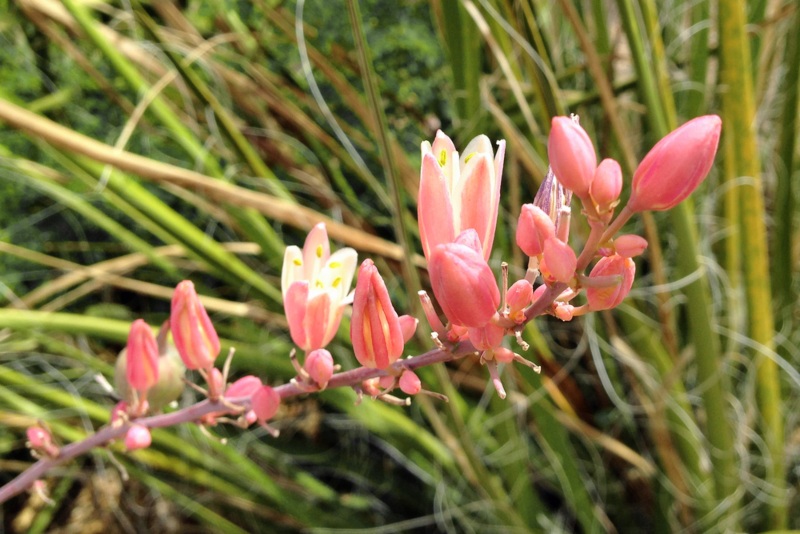
If you have a sunny area that drains exceptionally well, consider planting false yucca there. This plant that grows to be about 4-feet tall is an evergreen perennial succulent that produces blue-green sword-shaped leaves that can grow up to 3-feet long. The leaves often turn a beautiful reddish-bronze color in the autumn. Out of each clump’s center grows a red flower stem that produces small red or pink tubular flowers in the spring. While the flowers will disappear in the summer, you can expect them to return once temperatures start to cool in the autumn.
Creeping liriope (Liriope spicata)
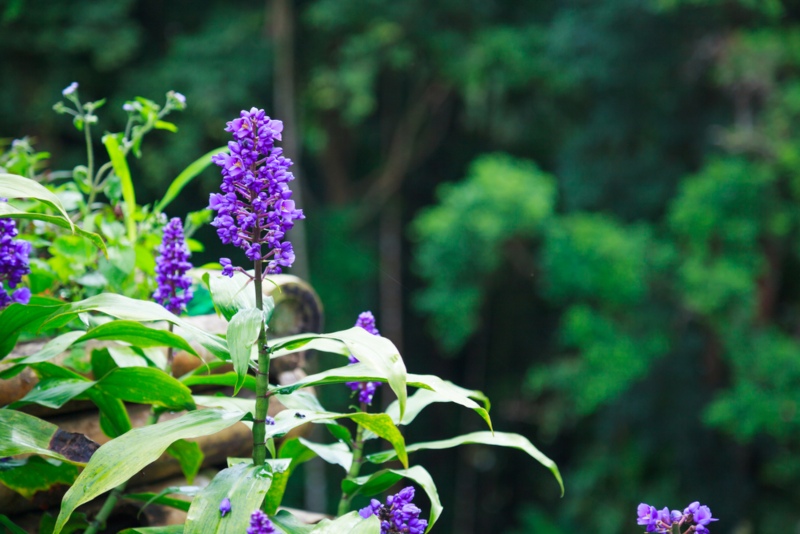
If you are looking for a great ground covering perennial in Louisiana, then consider creeping liriope. This sun-loving plant spreads quickly by underground rhizomes. This plant has very lush foliage. In the summer, flower spikes rise above the foliage. These spikes bearing pale lavender to white flowers are often hard to see because of the foliage. Berries loved by wildlife typically follow the flowers. This plant that seldom grows over 18-inches tall loves fertile soil.






